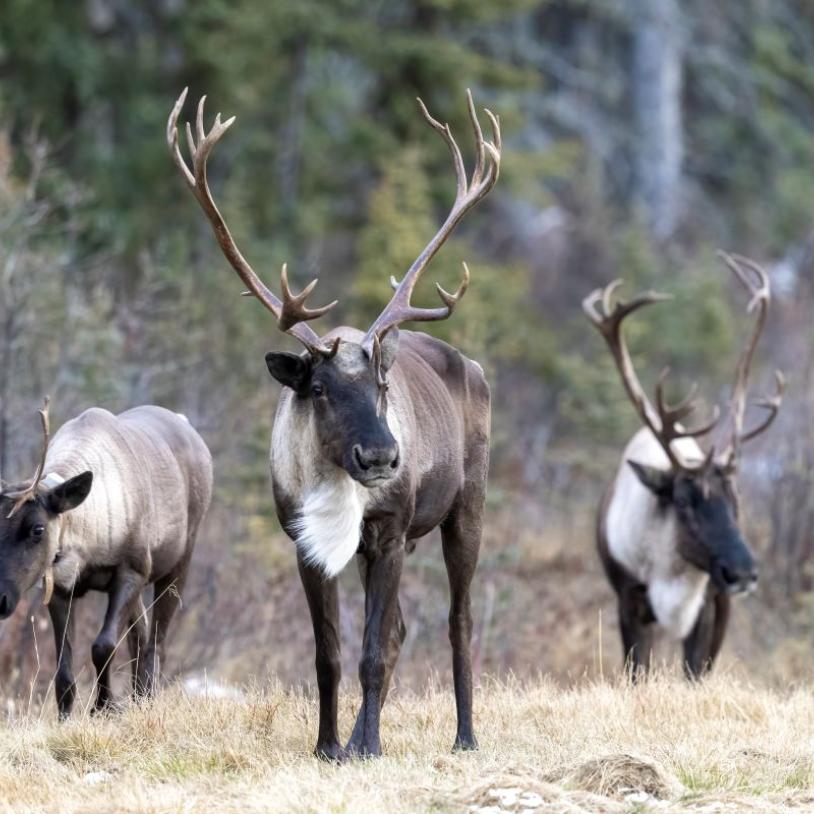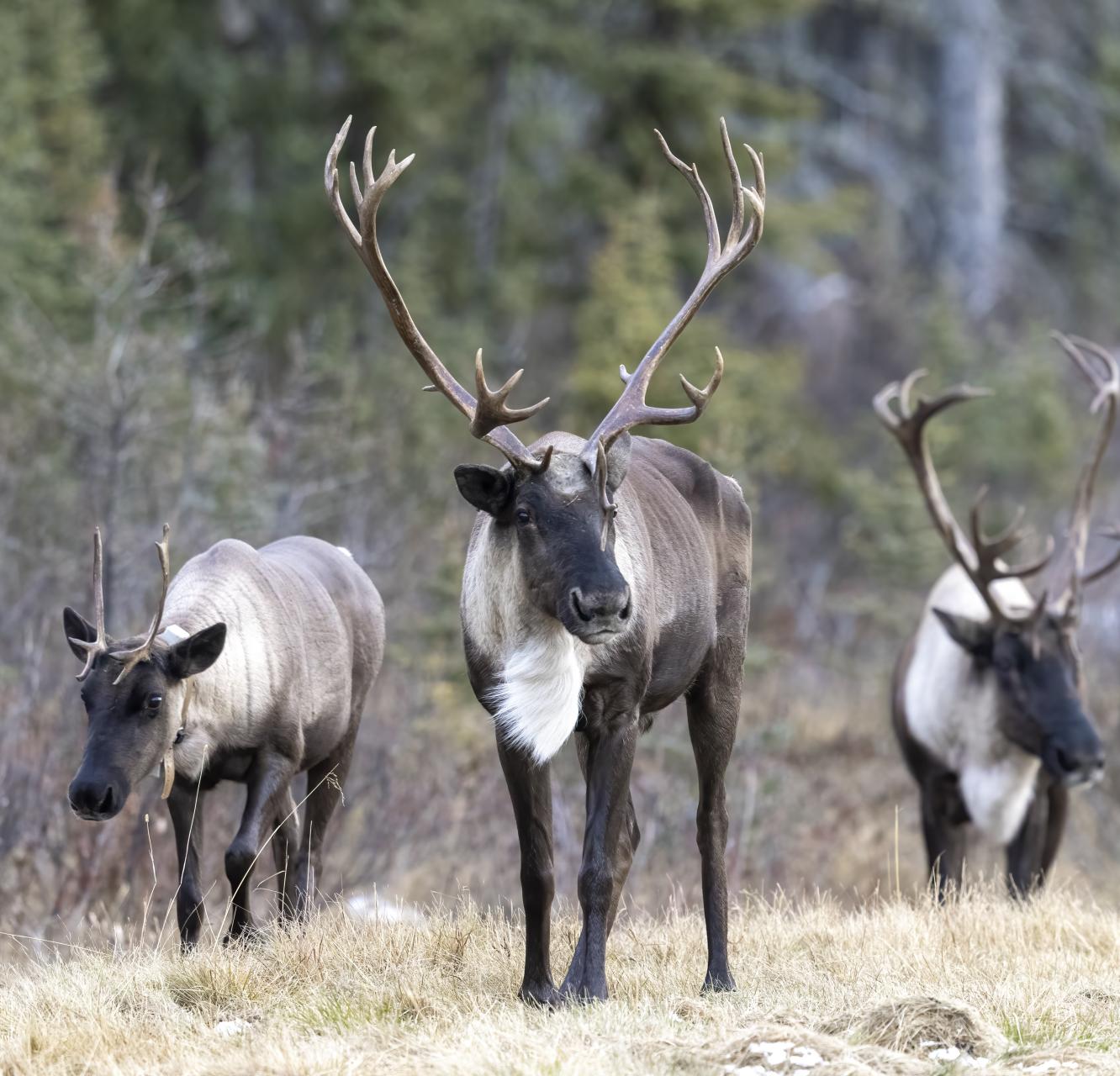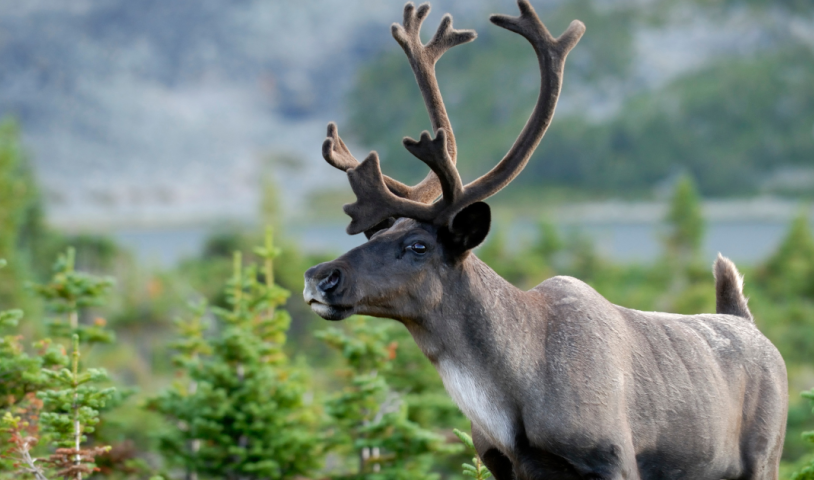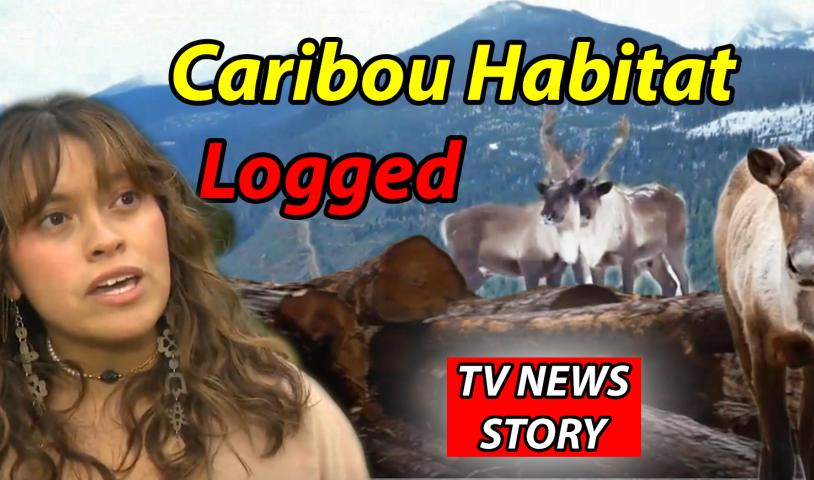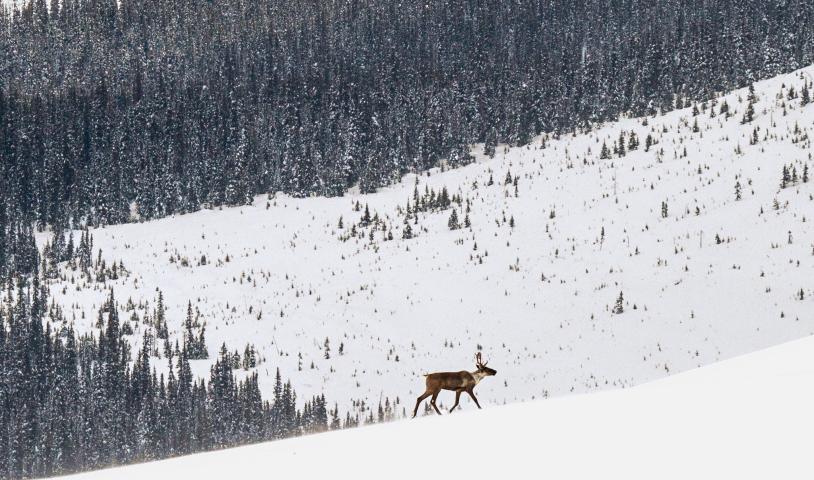Logging plan paused in Alberta À La Pêche caribou range
Tuesday, February 8, 2022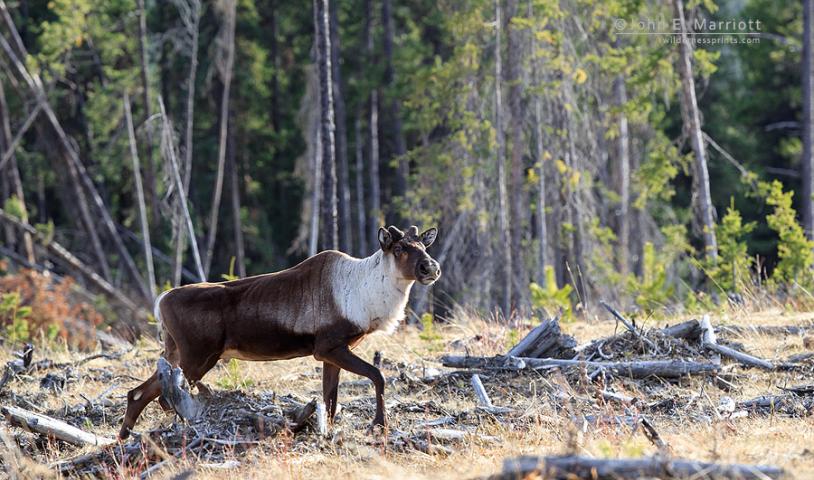
Conservation groups and trappers have learned that West Fraser Hinton has paused its controversial clearcut logging plan in critical habitat of threatened À La Pêche caribou in west-central Alberta. West Fraser’s decision follows recent change in direction from the Alberta government to create a temporary ‘No Harvest Zone’ in undisturbed caribou habitat of the À La Pêche caribou population, until Alberta finishes its land-use plan for the area (see maps). West Fraser’s and Alberta’s decision follows months of opposition by local trappers, the Mountain Métis community, the conservation community and many concerned Albertans.
West Fraser has confirmed in a letter to interested parties that:
- it is no longer planning to log cutblocks in Berland 3 and 16 compartments this season;
- it will reconsider harvest plans in that area in 2023 when Alberta’s Berland sub-regional land-use plan should be finalized, and it will align its harvesting with the direction provided in that land-use plan; and
- it has re-directed its harvest operations to alternative locations outside the caribou ranges this season.
“Alberta Wilderness Association (AWA) supports this positive interim step by Alberta and West Fraser to avoid logging undisturbed Little Smoky and À La Pêche caribou habitat until 2023,” says Carolyn Campbell of Alberta Wilderness Association (AWA). “At a minimum, AWA asks Alberta to uphold No Harvest Zones in undisturbed habitat until it has approved land-use plans for all its highly vulnerable west-central Alberta caribou, including the À La Pêche, Little Smoky, Redrock-Prairie Creek and Narraway populations.”
“Thanks to concerned Albertans, the provincial government and West Fraser, we are able to give this caribou herd some hope,” says Gillian Chow-Fraser of the Canadian Parks and Wilderness Society, Northern Alberta. “There is so little intact habitat left in caribou ranges in Alberta, especially the À La Pêche winter range and Little Smoky range. This was an important move from the government and industry to respect caribou needs and meet Canada’s caribou recovery requirements.”
“Halting logging here in critical caribou habitat is absolutely the right decision to be making in the midst of a biodiversity crisis, with caribou in the thick of it,” says Charlotte Dawe, conservation and policy campaigner for the Wilderness Committee. “At 150 members this herd has a good shot at survival as long as future decisions weigh the needs of the caribou. The caribou need this habitat and it should be permanently protected.”
“Considering that Alberta government contractors have already begun the aerial gunning of wolves in caribou ranges throughout west-central Alberta again this winter, it is imperative that the government also pulls all available mitigation levers for caribou recovery, especially when it comes to protecting core old-growth habitat,” says John E. Marriott of EXPOSED Wildlife Conservancy. “This is a great first step, setting aside these harvesting plans, but it means very little unless this area remains intact habitat for caribou.”
West Fraser initially proposed to start logging in 54 cutblocks in September 2021. Now postponed, this logging would have removed mature forest areas from Highway 40 right to the edge of the iconic Willmore Wilderness Park, along both sides of a key endangered Athabasca Rainbow Trout stream.
The winter range of À La Pêche caribou is already heavily disturbed and fragmented from forestry and energy activities. By 2017, only 12 per cent of the À La Pêche winter range was undisturbed, far below the minimum 65 per cent undisturbed threshold that gives caribou populations a fighting chance at becoming self-sustaining. Alberta is also obliged under its 2020 caribou agreement with the federal government to maintain enough ‘biophysical’ habitat (that is, forested areas at least 60 to 80 years old) to support the recovery of these caribou.
Other clearcut operations are still occurring inside caribou ranges. These operations continue to encourage the growth of more habitat for deer and moose, which in turn attracts wolves, creating unsustainable predation rates on caribou. The groups believe Alberta must:
- reduce both the volumes and locations of ongoing harvest in these caribou ranges; and
- make steady progress towards realizing the habitat goals required for naturally self-sustaining caribou, thus ending their reliance on annual wolf culls.
Map Attachments:
Deferred Logging Area within West Central Alberta Caribou Ranges and Sub-Regional Plan Area

Temporary ‘No Harvest Zone’ in Moon Creek Area of West Fraser Hinton Forestry Tenure

FOR MORE INFORMATION:
- Carolyn Campbell, Alberta Wilderness Association, 403-921-9519
- Gillian Chow-Fraser, Canadian Parks and Wilderness Society, 780-777-0715
- Charlotte Dawe, Wilderness Committee, 778-903-3992
- Shane Ramstead, trapper, 780-827-4017
- Darcy Handy, trapper, 780-933-1150
- John E. Marriott, EXPOSED Wildlife Conservancy, 403-688-3851
